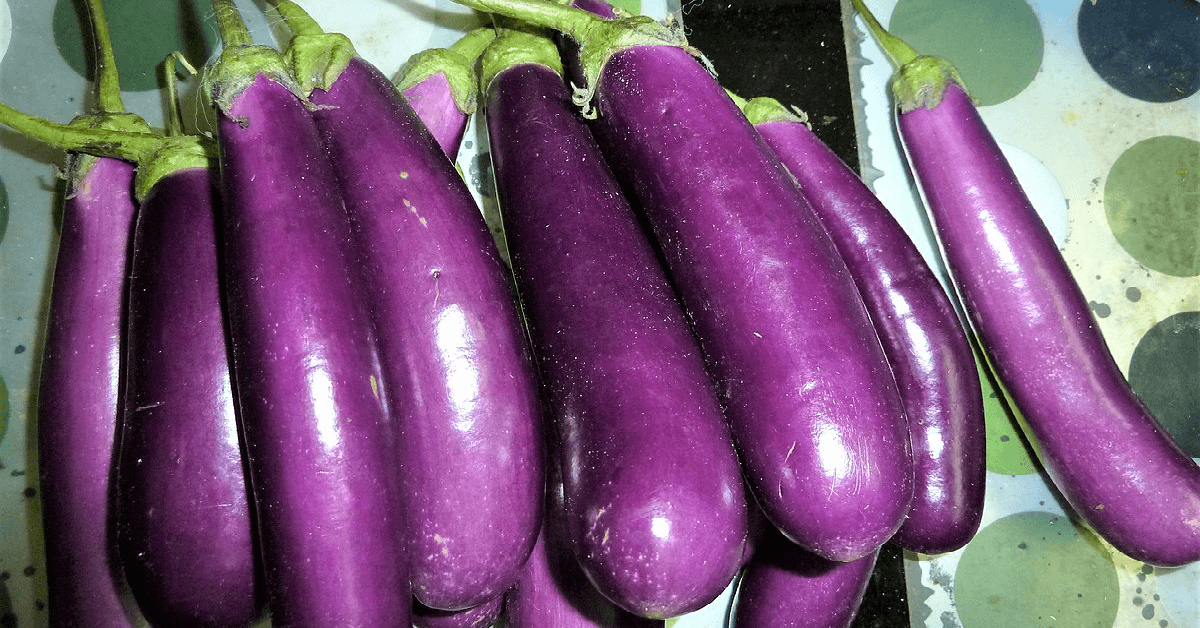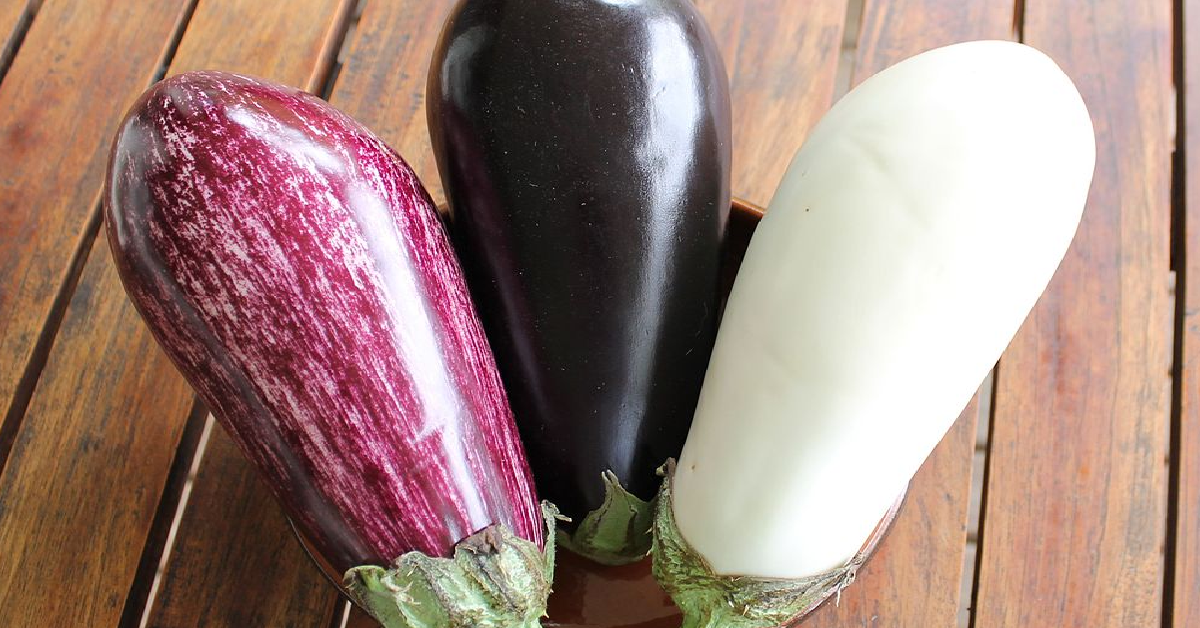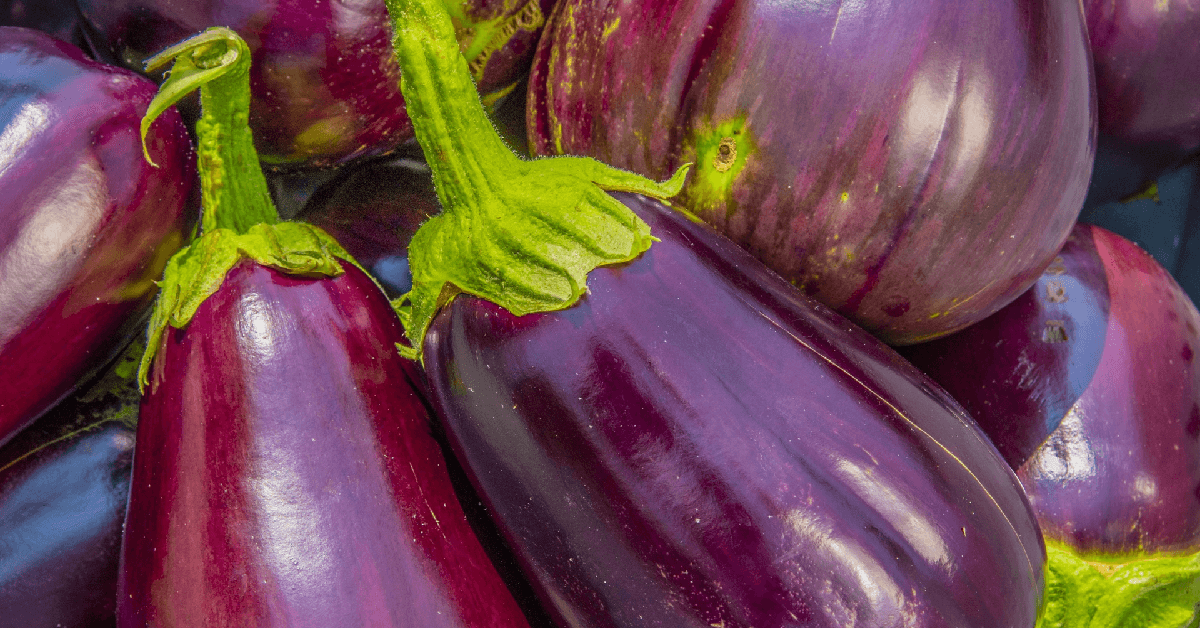Given that I grew up in the states, I call it an eggplant. The long royal purple fruit that is a staple in many homes also happens to go by another name: aubergine.
But because I’m from the states, I never called it by its alternative name. In fact, I thought it was a pretty fancy name to be calling a fruit.

Then, I moved to Dublin and discovered that a lot of people in Europe refer to it as an aubergine. But it turns out, there is a reason why this fancy purple veggie has such a divisive name
According to Rob Watts, a linguist who runs RobWords, there is a reason why some countries call it an eggplant, and others, an aubergine.

As Watts explains, the purple member of the nightstand family looks like a hanging egg as it grows, prompting some people to coin the term “eggplant.” And, if you live in the US, Canada, or Australia, that is probably the more predominant term that gets used.
Whereas if you’re in the UK or Ireland, it’s more common to use the name “aubergine,” which interestingly enough comes from the Arabic word Al-Badigjan.

But those aren’t the only two names for the fruit. If you’re in the countries of India, Singapore, Malaysia, or South Africa, you might be more familiar with it being called “brinjal.” There are many different names in many other languages as well for this purple fruit. Some examples are “beringela” in Portuguese, “melanzana” in Italian, and “baklazhan” in Russian.
As Watts explained in his video, “I quickly explain why that big purple fruit (and it is a fruit) is called an ‘eggplant’ in the US, Canada and Australia, an ‘aubergine’ in the UK and Ireland and a ‘brinjal.'”
Watch the full video explanation below:
Which word do you use? Do you have a preference? Let us know!













